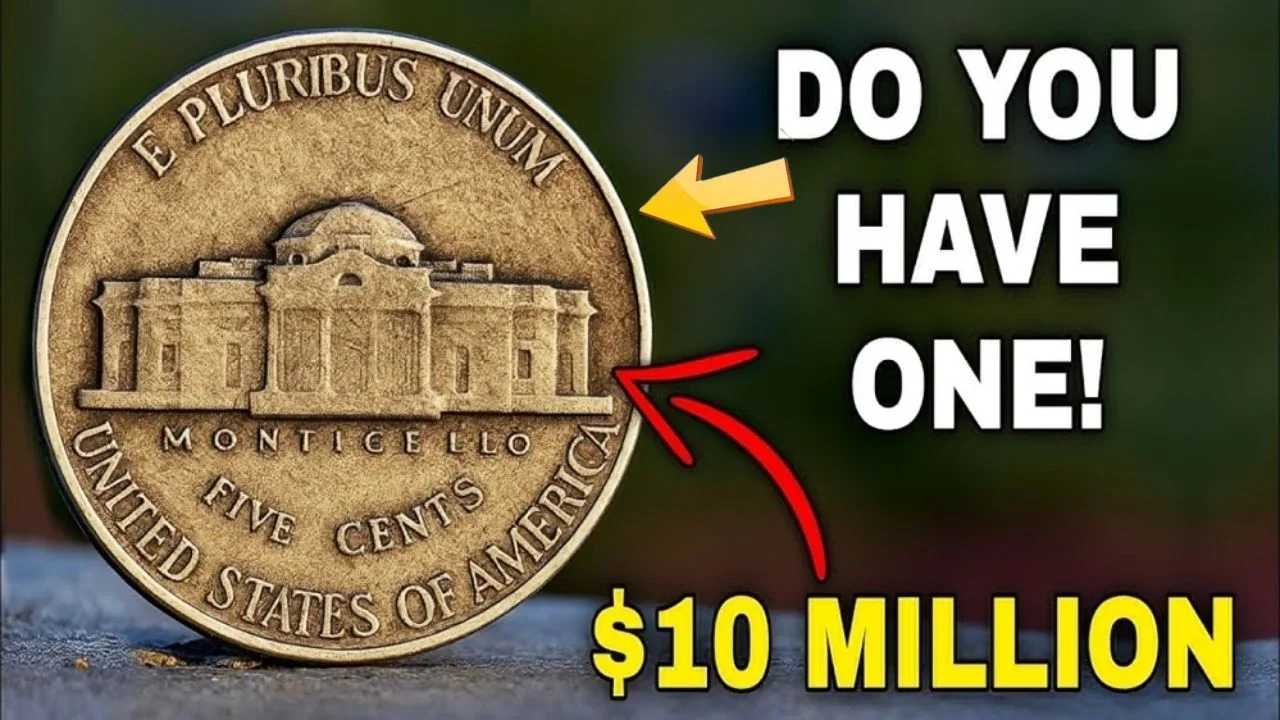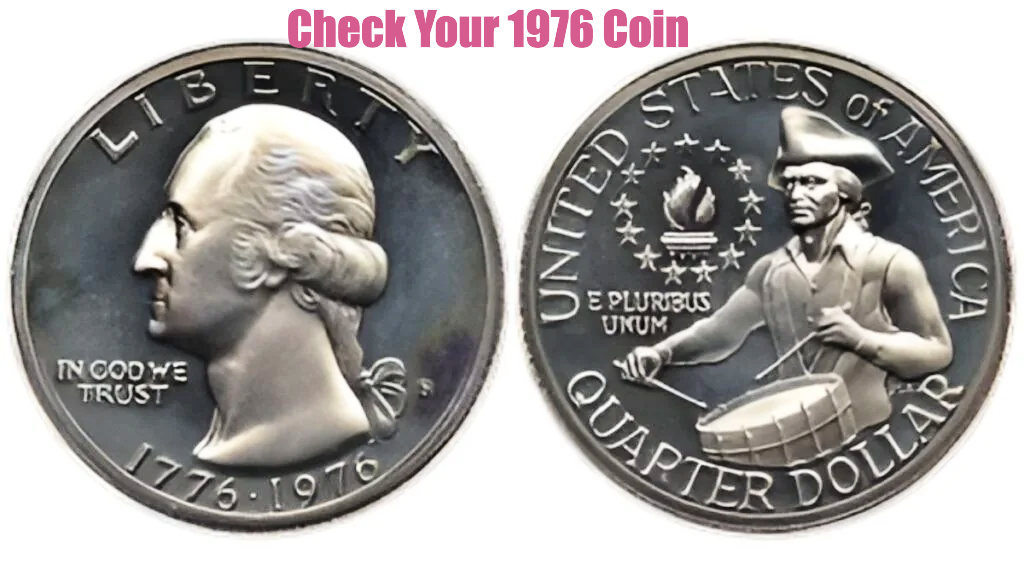War-Era Jefferson Nickel: How Became One of America’s Most Valuable Coins


War-Era Jefferson Nickel How Became One of America’s Most Valuable Coins
In the world of numismatics few coins resonate as deeply with both history buffs and avid collectors as the 1943-P Jefferson Nickel. Born from necessity during World War II, this coin is more than just pocket change it’s historical artifact, symbol of American resilience and for many gateway into the fascinating world of coin collecting. Today this wartime nickel has transformed from a utilitarian piece of currency into a highly sought after collectible with some rare varieties fetching impressive 5-figure sums at auctions.
If you have ever wondered why the Jefferson Nickel is such a big deal among coin collectors, especially the 1943-P edition, you are about to discover the full story from its wartime origins to the error varieties that make it so incredibly valuable.
How War Changed the War-Era Jefferson Nickel Forever
To understand the significance of the 1943- P War-Era Jefferson Nickel we need to rewind the early 1940s. The United States had entered World War-2 was ramping up production of military supplies. Nickel key component in armor plating and weapons manufacturing was suddenly in high demand. result the U.S. Mint faced an urgent problem how to continue minting the country’s five cent pieces without using metal that was now crucial to the war effort. The solution? An emergency change in coin composition.
In 1942 Mint was began producing as Silver War-Era Jefferson Nickel coins made from unique alloy of 35 % silver, 56 % copper and 9 % manganese. These war nickels were minted from late 1942 through 1945. The most iconic among them the 1943-P Jefferson Nickel coin that not only marks departure from standard minting materials but also represents the country’s wartime ingenuity.
The First-Ever “P” Mint Mark
One of the standout features of the 1943-P Jefferson Nickel is its mint mark placement. Prior to this coins minted in Philadelphia typically had no mint mark. But starting in 1942, the production of the war nickels, the Mint added a large “P” above Monticello Thomas Jefferson’s famous estate depicted on the reverse side of the coin.
This was a major change in U.S. minting history. It was the first time Philadelphia produced coins bore a mint mark, setting a precedent and making these coins even more special for collectors. The large mint mark made easier for authorities and citizens to distinguish silver content coins from regular ones, which was important during a time of material rationing.
Overview Table: War-Era Jefferson Nickel
| Feature | Details |
|---|---|
| Name | Jefferson Nickel (Wartime issue) |
| Years Minted | 1942 to 1945 |
| Composition | 35% Silver, 56% Copper, 9% Manganese |
| Mint Marks | P, D, S (above Monticello on reverse) |
| Notable Years | 1943-P, 1944-D |
| Face Value | 5 Cents |
| Current Value (Rare Condition) | $2,000 to over $10,000+ |
| Reason for Rarity | Silver content, minting errors, low mintage |
The 1943-P Jefferson Nickel: A Collector’s Dream
Though millions of 1943-P War-Era Jefferson Nickel were produced more than 271 million, exact it’s not just the quantity that matters. What really excites collectors are the unique varieties and errors that make some of these coins exceptionally rare and valuable.
The Famous 3-Over-2 Overdate Error
the most celebrated varieties of the 1943-P War-Era Jefferson Nickel is the 3-over-2 overdate error. This occurred when 1943 die was accidentally struck over a 1942 die, resulting in visible doubling of the last digit of the date. These overdate coins are extremely rare and command premium prices in the collectors market.
In pristine condition especially those with Full Steps detail on Monticello staircase (indicating exceptional clarity in minting), these coins have been known to sell for over $10,000 at auction. The rarity and historical error combine to create what many consider the holy grail of Jefferson Nickels.
The “Full Steps” Designation
Another factor that significantly impacts the value of a War-Era Jefferson Nickel, including the 1943-P, is the Full Steps designation. This refers to the sharply defined lines on Monticello’s front staircase. Coins with this level of detail are considered to be of the highest mint quality.
Finding a 1943-P Jefferson Nickel with Full Steps is relatively rare due to the war-time rush in production and softer silver alloy which did not always allow for clean strikes. That is why Full Steps varieties are highly sought after and can fetch thousands of dollars depending on their condition and grade.
Why the Jefferson Nickel Still Captures Hearts Today
So why does the War-Era Jefferson Nickel especially the 1943-P version, remain such a captivating piece for collectors?
1. Historical Value
These coins are more than metallic discs; they’re pieces of American history. Holding a 1943-P Jefferson Nickel is like holding a relic from World War-2 an era that reshaped the world. The fact that these coins were created due to wartime necessity gives them an emotional and historical significance that goes beyond their monetary value.
2. Educational Entry Point for New Collectors
For those just stepping into the world of coin collecting, the War-Era Jefferson Nickel series offers a relatively affordable starting point. With its long production history and various mint marks, errors and design variations, it provides ample opportunity to learn the ropes of grading, valuation and history.
3. Rarity and Value Appreciation
As with most collectibles, scarcity drives value. Although millions of these coins were minted, the number of well-preserved or error varieties is small and getting smaller as time goes on. That makes the 1943-P Jefferson Nickel a great investment piece for the future.
Tips for Finding and Valuing a 1943-P Jefferson Nickel
If you are lucky enough to stumble upon a Jefferson Nickel from the war years or you are hunting one down here are a few tips to keep in mind:
- Check the Mint Mark: The 1943-P should have a large “P” mark above Monticello.
- Examine the Date: Look closely for signs of the 3-over-2 overdate. Use a magnifying glass or a jeweler’s loupe.
- Inspect for Full Steps: Pay special attention to the staircase under Monticello. The more visible the steps, the higher the coin’s value.
- Verify Composition: War Nickels are made from a silver alloy. They weigh slightly differently than regular nickels (around 5.00 grams).
- Consider Grading: Coins graded by NGC or PCGS typically hold higher value. Mint State (MS) coins, especially those graded MS-65 and above, are the most valuable.
Investing in War-Era Jefferson Nickel: Smart Move or Just Nostalgia?
Whether you are a seasoned numismatist or a casual collector investing in Jefferson Nickels especially wartime editions like the 1943-P can be rewarding experience. Their value has steadily risen over the years particularly for rare error coins and Full Steps varieties.
it’s not just about the money. Collecting War-Era Jefferson Nickel allows you to engage with history, admire the art of coin design and become part of a passionate community. Plus with silver content in some of these coins, they even hold intrinsic material value.
Final Thoughts
The 1943 P Jefferson Nickel is more than just coin. It’s a window into pivotal time in American history, a marvel of numismatic quirks and a prized possession for collectors around the globe. From its silver composition and iconic mint mark to rare errors like the 3 over 2 overdate this wartime nickel has earned its place as legend in the world of coin collecting. More..




